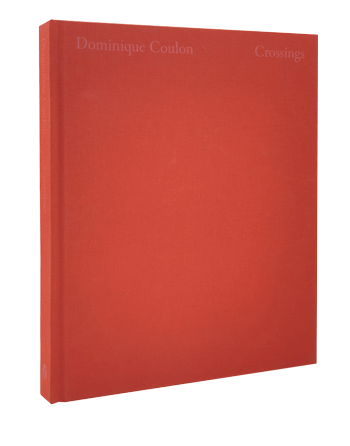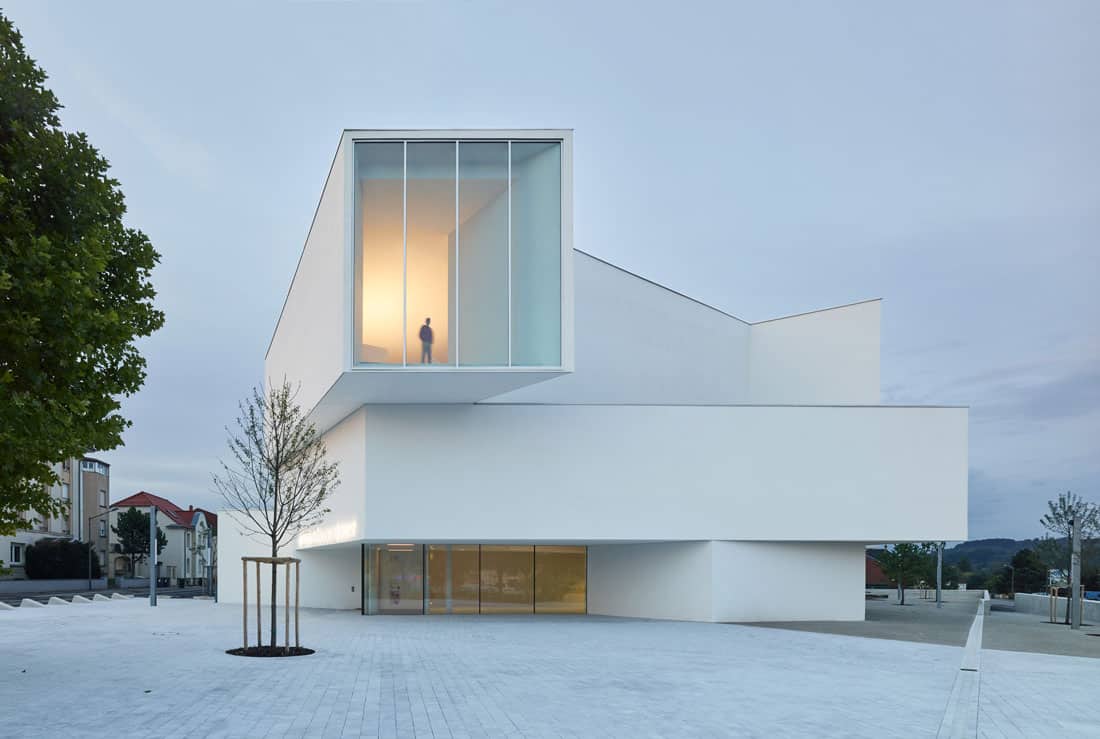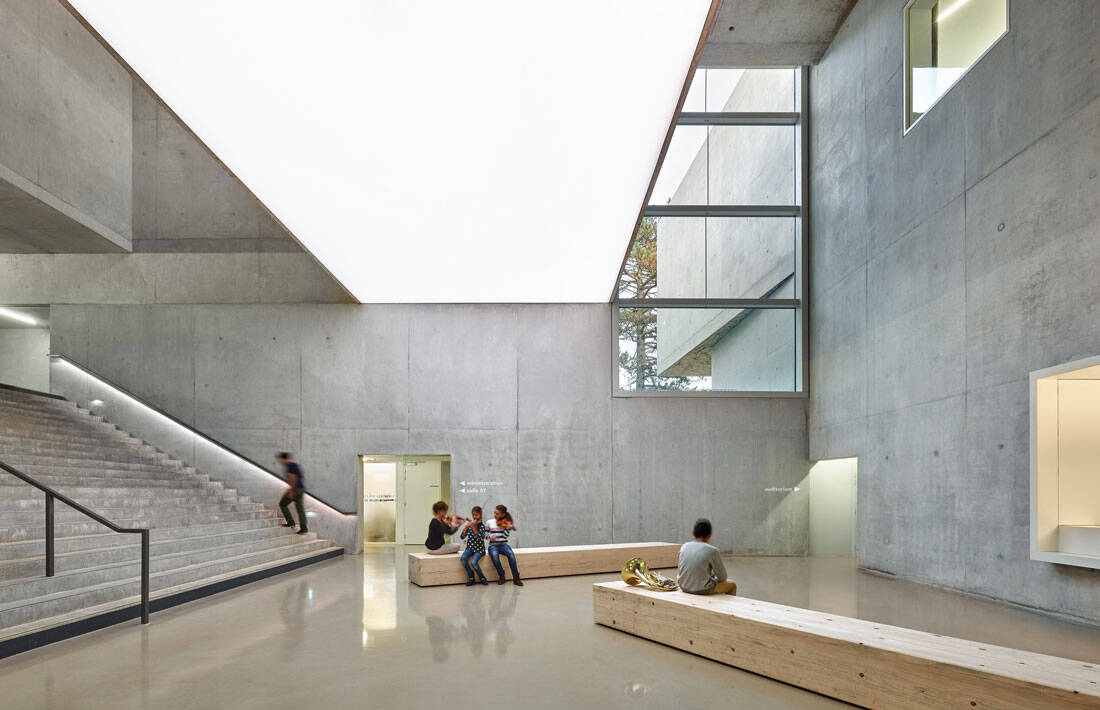‘When I speak of complexity, I use the elementary Latin meaning of the word “complexus” — “that which is woven together”. The constituent parts differ, but the overall effect is as in a tapestry. The real problem (with reforming thinking) is that we have learnt too well how to separate things. It would be better for us to learn how to bind things together. “Binding together” is more than creating an end-to-end connection: it means establishing a connection that forms a loop. Indeed in French the word for “binding together” (relier) includes the syllable re, meaning “return”, which represents the loop turning back on itself. A loop is autoproductive. Life originates with the creation of a kind of loop, a kind of natural machinery that loops round on itself and produces increasingly diverse elements that make up a complex being that will be alive. The world auto-produced itself in an extremely mysterious fashion; knowledge today has to have instruments — fundamental concepts — that are necessary before any binding together can be possible.’ [1]
Alexandra Pignol.
Edgar Morin’s definition of complexity could serve as a good starting point [2]. The view of complexity that philosophy has is definitely not the same as the view architecture has. Perhaps you could start by giving your definition of complexity?
Dominique Coulon.
For me, complexity is an approach, a method for producing a project. For centuries, architecture tried to eliminate complexity: it almost had the role of a simplifier. Architecture was expected to solve everything, and above all it was expected to provide simple answers to complex situations. Architecture used to set aside a whole series of arrangements in order to achieve this simplification, but I don’t think that’s the principle nowadays.
Freyming-Merlebach Theatre by Dominique Coulon & Associés © Eugeni Pons
In both my teaching and my work, I consider the multiple parameters that face the architect to be elements that trigger the project. These parameters are sometimes contradictory, but they can sometimes provide the source of the architectural idea. Adopting this attitude makes it possible to envisage architecture that invents, or tries to invent, something: architecture that is not forced to adopt a pre-determined posture. It’s a very interesting process because it’s open, and thus enables us to explore ways of producing projects and situations that are more flexible.
I think one very contemporary question is the flow issue: traffic flows at a railway station, for example. The Dutch practice UNStudio recently completed the renovation of the railway station in Arnhem in the Netherlands. In their project, Ben van Berkel and Caroline Bos applied the principle of beginning work on the basis of flow diagrams, with the intention of the architecture accompanying the flows. The absence of an a priori geometric outline generates a particular degree of plasticity that would not have been achieved if the architects had not considered this parameter to be a decisive element in the project.
The complexity that I’m particularly fond of is the complexity that makes it possible to convoke and combine heterogeneous programmes, so that mono-functionality disappears, leaving room for something that is richer and more contradictory. What is interesting then is what occurs between the programmes: the relationships architecture is capable of creating, and which are able to produce places that are welcoming and strong in spatial terms. I am very keen on the spatial dimension of architecture.
It seems to me that complexity, for an architect, calls for a certain degree of flexibility. The architect is like a sponge, capable of absorbing very diverse data. When you are producing a project, it is impossible to foresee what data is going to form the basis for the architectural idea, so you have to consider all the data at the same time.
I often tell students that they really shouldn’t try to ignore any of the existing parameters. It’s a horizontal process, almost an interplay of many parallel pointers, and not a linear way of thinking. If we ignore what already exists, architecture becomes a bulldozer trying to make its own space, and that can be rather brutal: we put ourselves in a forced position where all dynamic disappears.
Architecture creates a relationship with the surrounding landscape, the climate, the use made of the buildings, the programme, the topography, the social context, and so on. The public buildings we work on are often in almost hopeless contexts. The theatre in Freyming-Merlebach, for example, is in a town where unemployment is running at almost twenty-five percent. I am particularly keen that these buildings should look like jewels set down in the landscape. It’s often what’s expected of them: they become the witnesses of a kind of political resistance — mayors who make the decision to believe in the ability of their towns to achieve a makeover. In Freyming-Merlebach, with its brick houses, the idea as far as I was concerned was not to create a harmony between the building and its context but on the contrary to make the theatre stand out from the landscape, almost like a pearl. It is tall, white and bright, and the town is very proud of it. It’s not always about blending in with the context; sometimes you have to accept the break.
Belfort Conservatoire by Dominique Coulon & Associés © Eugeni Pons
Alexandra Pignol.
So architecture to some extent — and particularly in this case — has a monumental aspect?
Dominique Coulon.
Yes. In this specific case, the theatre’s stage house gave the building an unavoidable height. But as soon as it was necessary to design the square in front of the building, it also created a public space. The pétanque ground behind the building produces other uses. There is a link of some kind; although there is no obvious connection with the theatre, the different activities all have their place.
If we think of production as a game and try to work flexibly, then there is room for intuition to come into play. That’s what I like about scale models: they add something tactile to the cerebral dimension. You can touch them, move them around, look at them, take them apart. These different parameters that I associate with complexity add to the game that is being invented. A game with rules that are vague and subject to change.
A few days ago I was at the conservatoire in Belfort. The director told me that the music teachers, particularly those who play the flute, are huge fans of the central staircase. The space creates a great acoustic, with reverberation similar to a church. Another place that wasn’t included in the original programme, a sort of all-concrete agora with no particular acoustic finish (unlike the music rehearsal studios), has generated unexpected enthusiasm. I sometimes bump into a saxophonist who plays under a bridge in Strasbourg because that’s where he finds the right reverberation. That’s probably what I wanted to achieve, although I didn’t put it into words. The architecture generated an unexpected situation that was appreciated by the users. These places are generous because they are vast, and have a particular ability to be welcoming. There are some currents in architecture that claim we should strive for neutrality, but I don’t subscribe to that idea. I appreciate strong areas that enable events to happen.




















